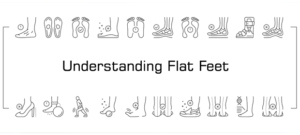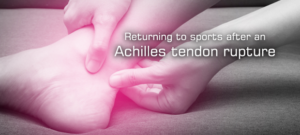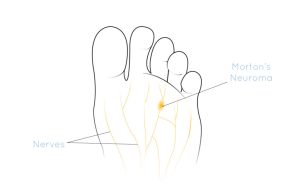Icing – Regular short applications of ice to the injured area should reduce swelling. Often, a bag of frozen vegetables wrapped in a cloth and applied to the site for around 10 minutes is recommended. There is a danger of damaging the body’s tissues if ice is applied for too long. Therefore, keep applications short in time. A cloth will prevent the cold item sticking to the skin.
Calf / achilles stretches – Growth spurts and healing can tighten up the calf muscles and achilles tendon. It is helpful to regularly stretch the area.
Anti-inflammatories – Inflammation can be reduced during the acute phase by taking non-steroidal anti-inflammatory drugs (NSAIDs). Usually taking daily for 1 week is sufficient – always read the drug label and be aware that taking for more than a week is usually not recommended as they can irritate the stomach.
Shockwave therapy – Mechanical (not electrical) shock waves are transmitted through the skin to the injured part. These increase blood flow to the area and accelerate the healing process.
Please contact our clinic for further information or to arrange an appointment.




















































